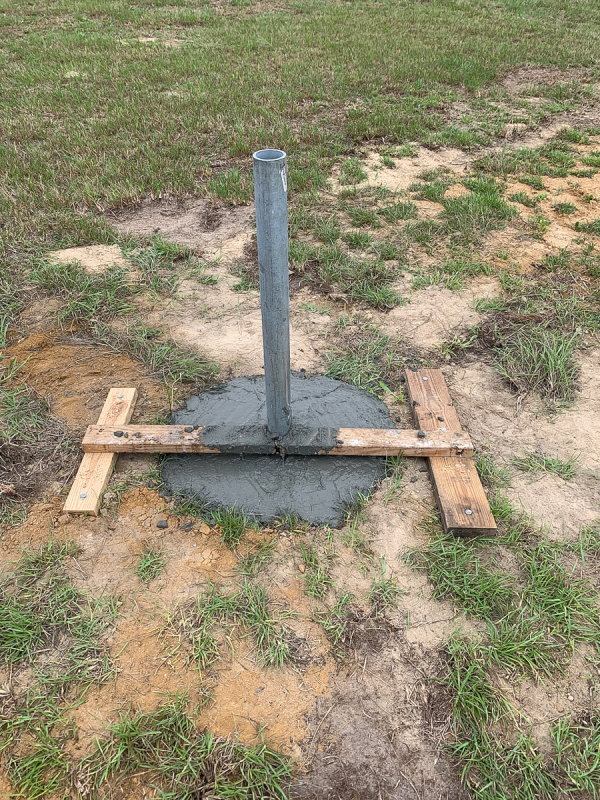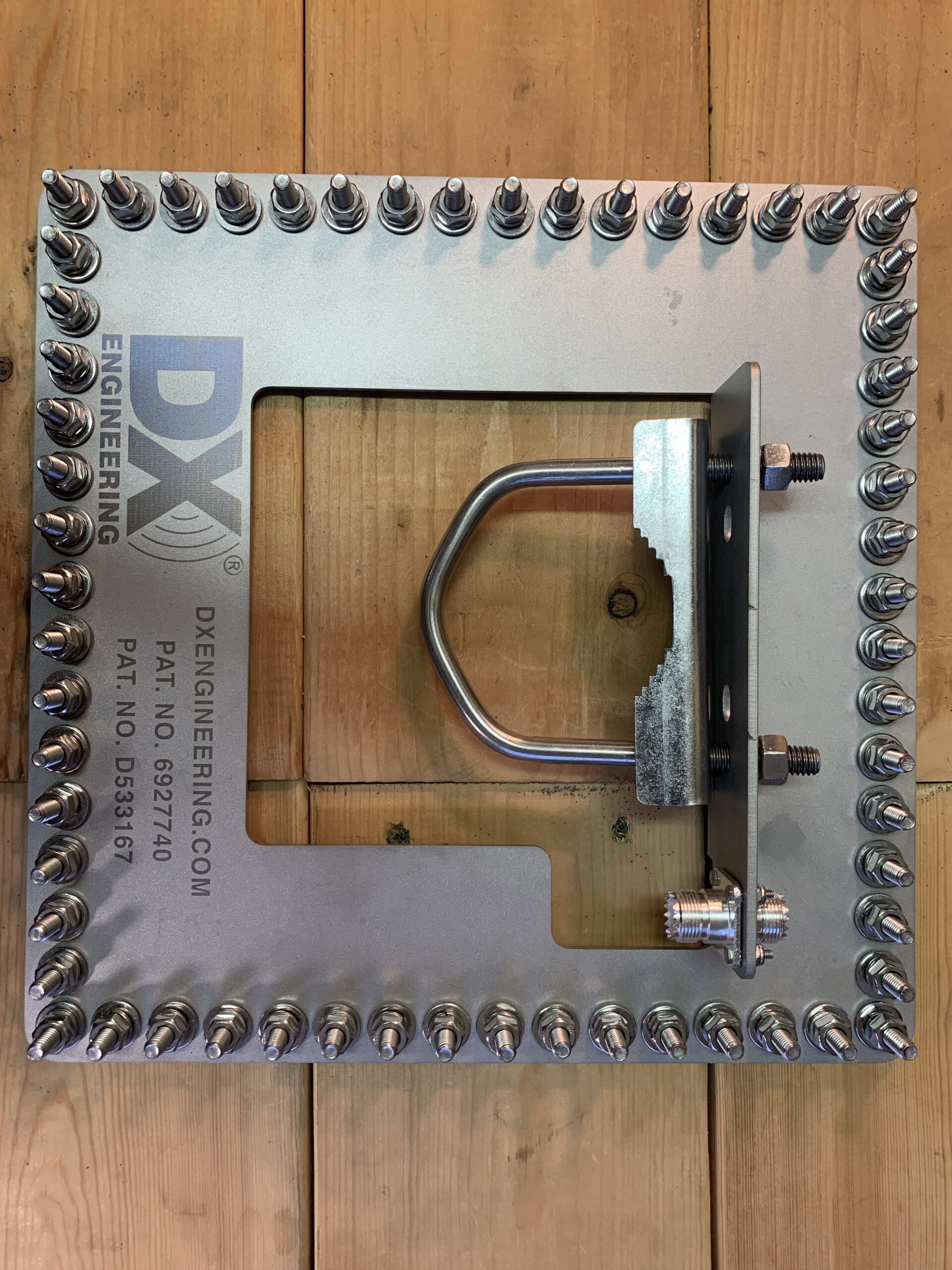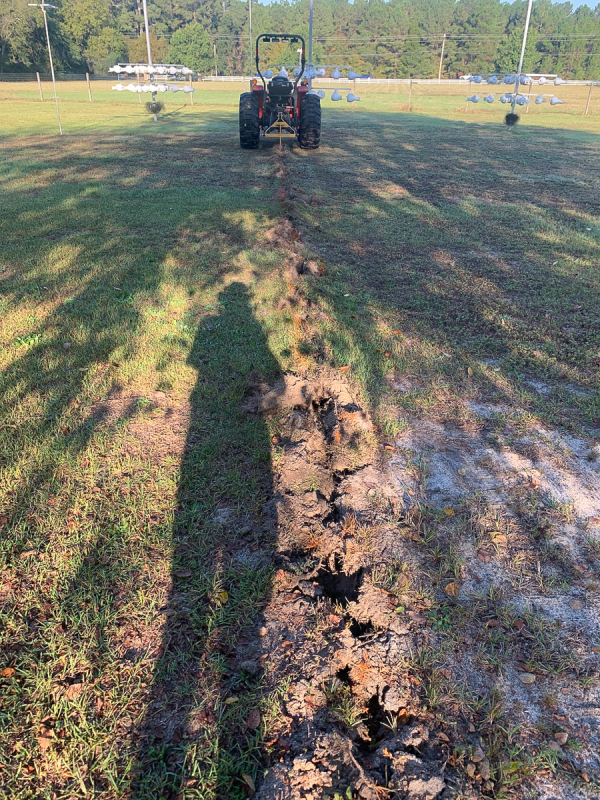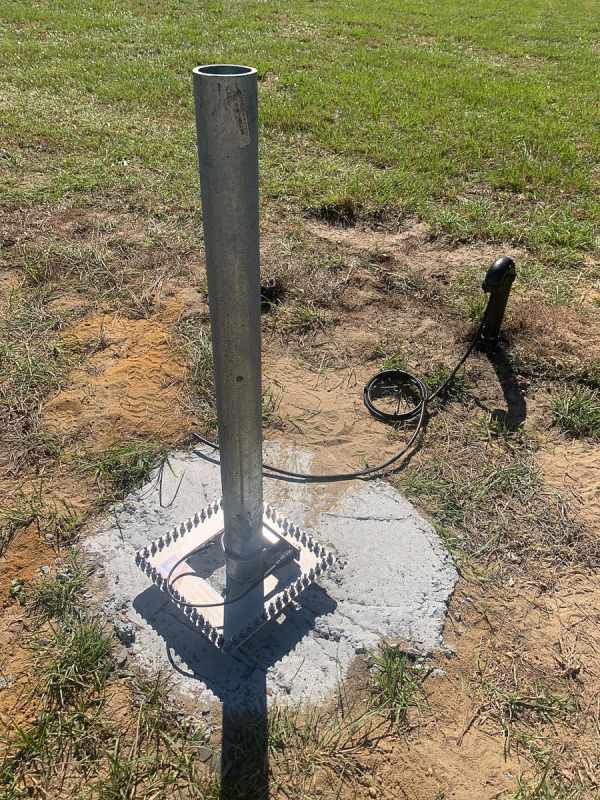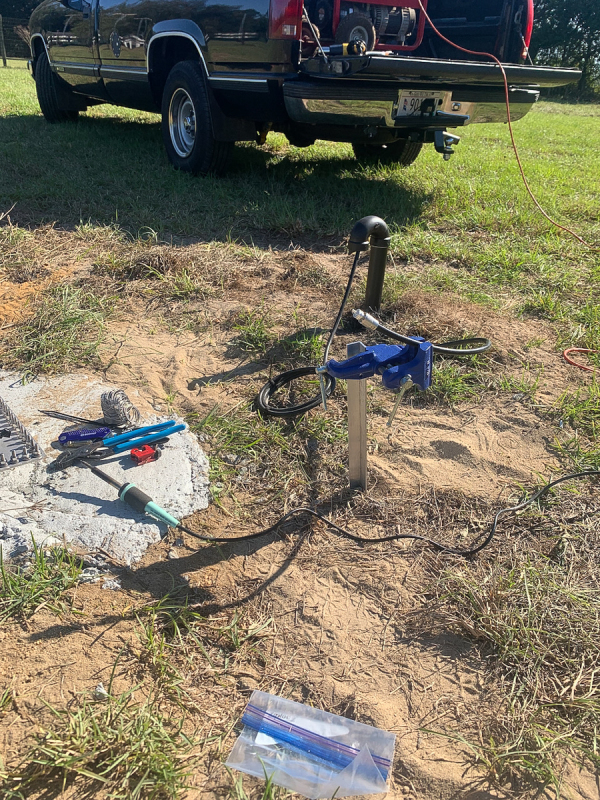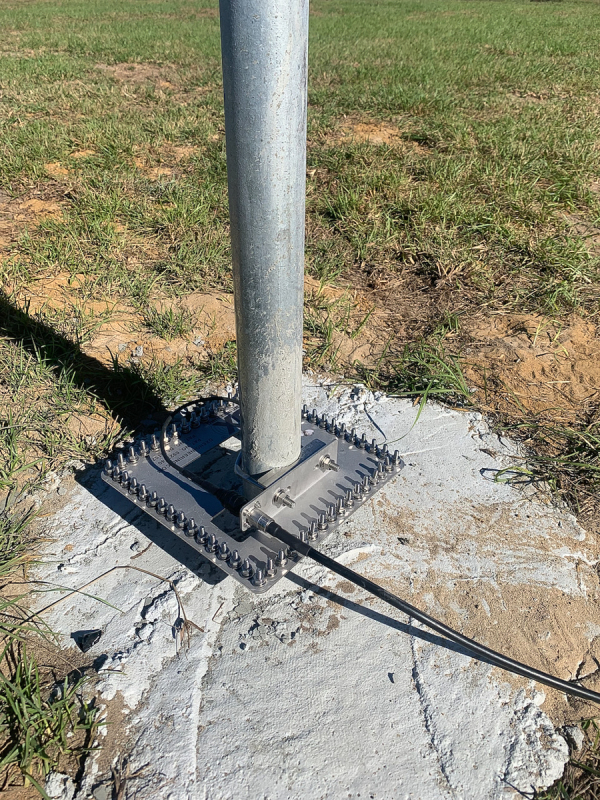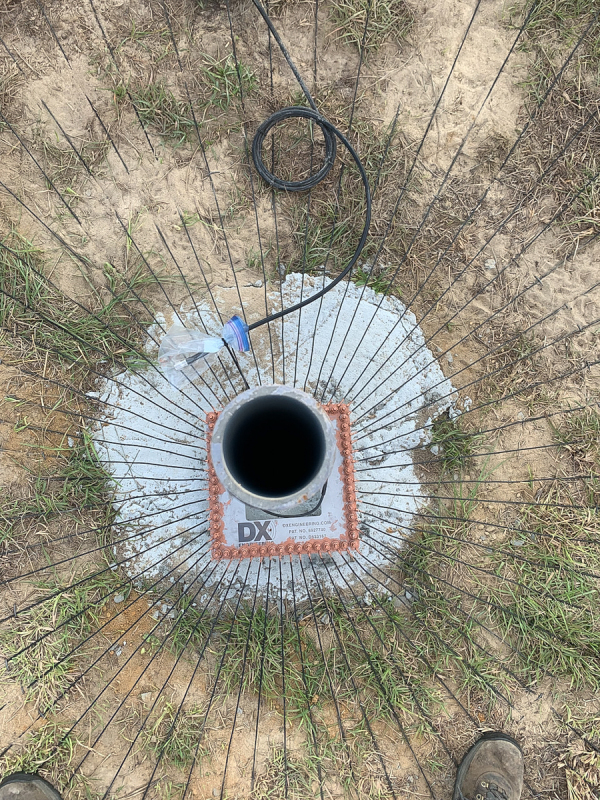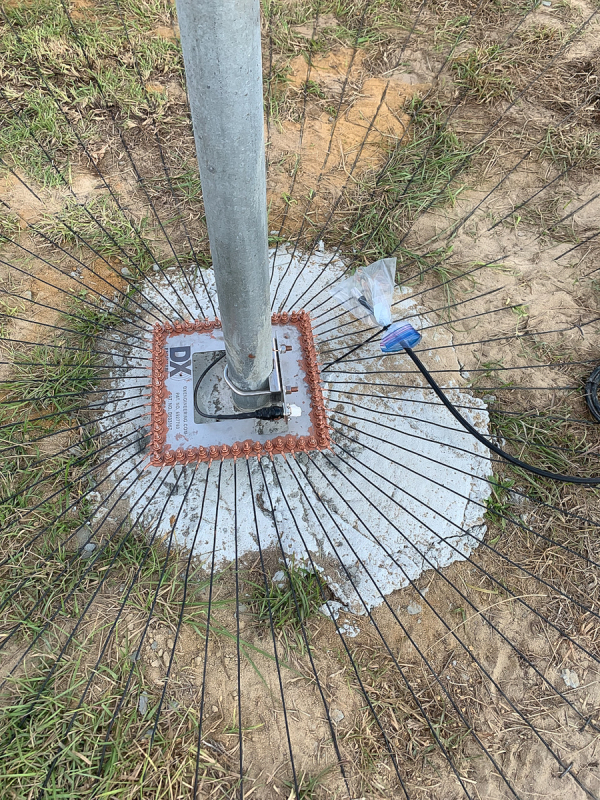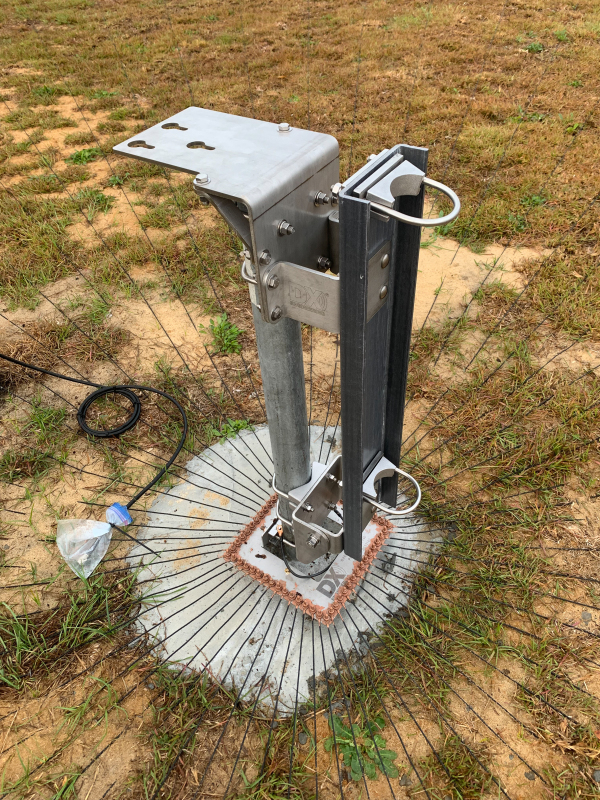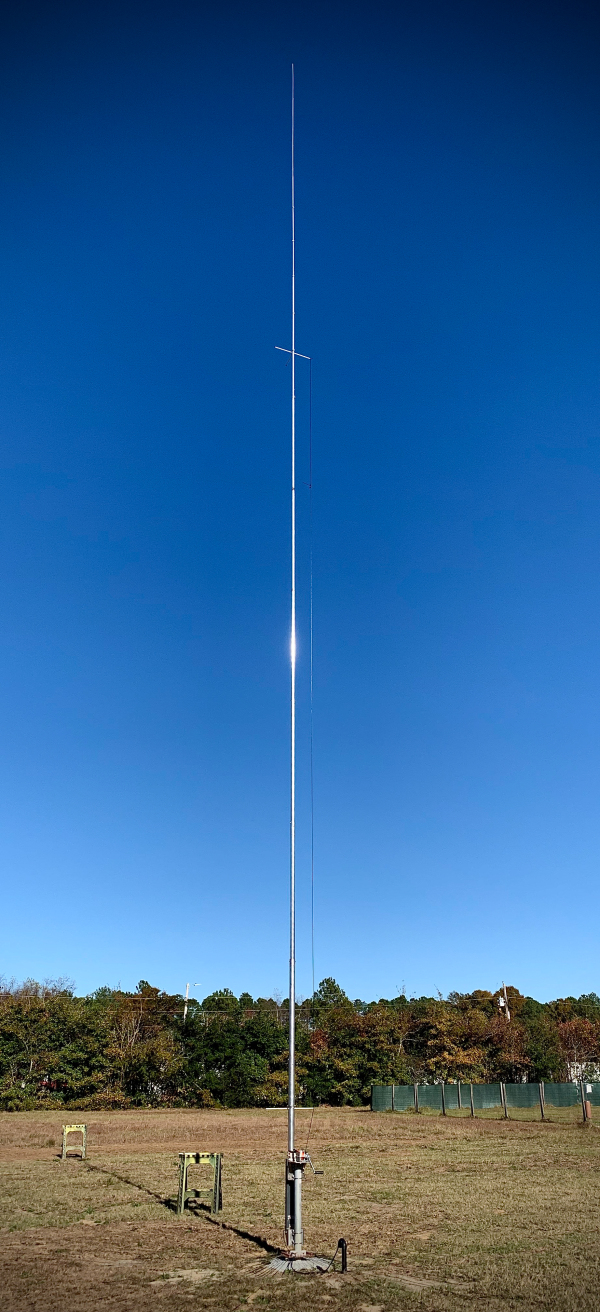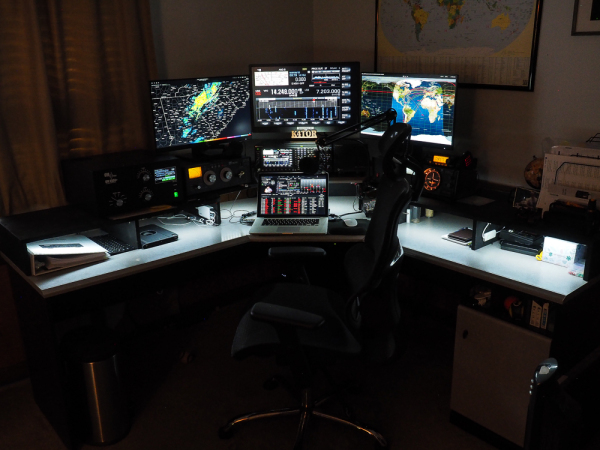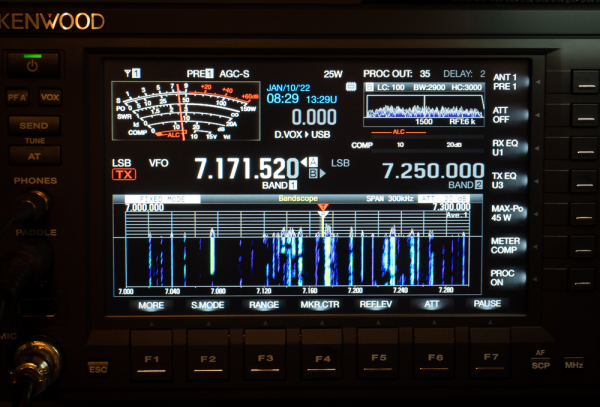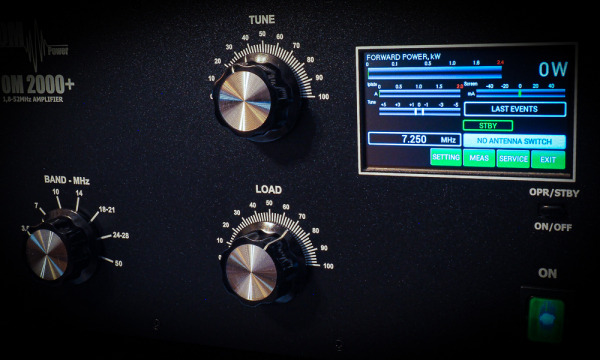This is very exiting. Solar Cycle 25 is ramping up. That means excellent High Frequency Radio Propagation,
This is good news for Amateur Radio DX operations (long distance propagation and communication on the Amateur Radio HF bands)
Solar Cycle 25 Predictions
The start of a new Solar Cycle (25) means there will be increasing activity and more sunspots until roughly July 2025.
The initial extended forecast is that Solar Cycle 25 will below average, quiet, and cool. This is very similar to its predecessor Solar Cycle 24—the weakest cycle since record-keeping began in 1755.
“According to NOAA/NASA and international experts: “Cycle 25 will be similar in size to Cycle 24, preceded by a long, deep minimum. Solar Cycle 25 may have a slow start, but is anticipated to peak with solar maximum occurring between 2023 and 2026, and a sunspot range of 95 to 130. This is well below the average number of sunspots, which typically ranges from 140 to 220 sunspots per solar cycle.”
- Specifically, the experts predicted: a peak in July, 2025 (+/- 8 months), with a smoothed sunspot number (SSN) of 115.
- The panel agreed that Cycle 25 will be average in intensity and similar to Cycle 24, and its peak will be similar as well.
- Additionally, the panel concurred that solar minimum between Cycles 24 and 25 will occur in April, 2020 (+/- 6 months).
Contrary to NOAA/NASA’s models, there have been more recent studies with models which suggest that Solar Cycle 25 could be one of the strongest since record-keeping began.





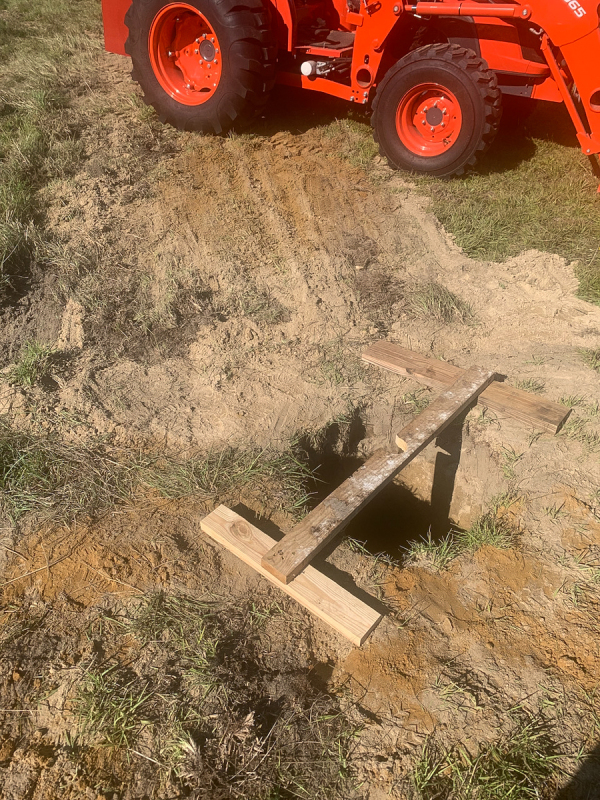
![]](https://www.torlo.com/blog/wp-content/gallery/ham-radio/thumbs/thumbs_IMG_1302-20211002.jpg)
